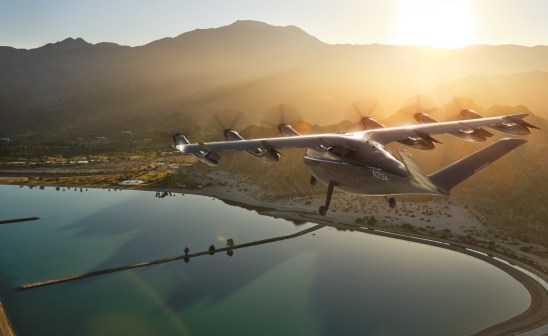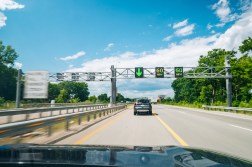NASA research surge could bring drones, autonomous technology to cities faster

New research announced by NASA on Monday could hasten the arrival of autonomous technology like self-driving vehicles and aerial drones to the nation’s urban areas.
The outcomes of three new projects could help a reluctant public and state and local policymakers overcome reservations with autonomous technology. One will attempt to develop new algorithms that raise the confidence in a machine’s ability to make decisions, which could contribute to a reliable autonomous certification process. Researchers also will develop new “methods and technologies” to verify drones are structurally and mechanically sound before takeoff. And a third project will use quantum computing to build a “jam-free” network that can host thousands of drones each day.
The projects are funded through NASA’s Transformative Aeronautics Concepts Program (TACP), an initiative that — according to the agency’s website — “encourages revolutionary concepts” and “drives rapid turnover into potential future concepts.”
“Our idea is to invest a very modest amount of time and money into new technologies that are ambitious and potentially transformative,” Richard Barhydt, acting director of TACP, said in a press release. “They may or may not work, but we won’t know unless we try.”
This year’s round of projects are expected to take between 24 and 30 months to complete, according to the agency.
A report published by the Cloud Security Alliance (CSA) in February warned that as commercial drone adoption is expected to increase to 2.6 million units shipped by 2025, substantial safety and security challenges remain in the form of citywide Internet of Things attacks and rogue hijackers who spoof signals to disrupt systems or steal data. Self-driving vehicles also remain suspect in the eyes of the public — while survey results published in March by a cyclist advocacy group show that pedestrians are mostly comfortable around self-driving vehicles, a AAA survey found that more than 75 percent of drivers report fear of riding in a fully self-driving vehicle.
Last year, TACP began five aviation-related research projects involving fuel cells, 3d printing, lithium-air batteries, wing shape, and lightweight antenna design.
Beyond NASA, the federal government plays a growing role in the proliferation of emerging technologies being adopted by a burgeoning smart city movement. The Federal Aviation Administration is also leading development of research and new standards for aerial drone operation through its test sites in Alaska, Nevada, New York, North Dakota, Texas and Virginia.






